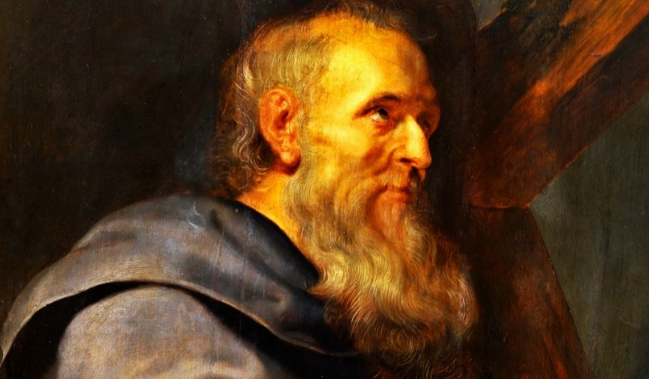Saint Philip the Apostle is a pivotal figure in Christianity, known for his dedication to spreading the teachings of Jesus Christ. His efforts played a significant role in establishing early Christianity, making his contributions both relevant and inspiring today. By exploring his journey, we can gain insights into the ways faith can be shared and nurtured.
The Call to Follow
Philip was one of the first disciples called by Jesus, immediately responding to the invitation to follow Him. This act of obedience showcases the importance of being receptive to spiritual guidance. Philip didn’t just follow in silence; he was eager to share his newfound faith with others. His initial enthusiasm reflects a fundamental principle in spreading Christianity: the impact of personal testimonies. By sharing personal experiences and the transformative power of faith, he effectively engaged others and invited them into a deeper understanding of the Gospel.
Evangelizing Beyond Borders
Philip’s mission extended beyond the boundaries of his immediate community. One of the most notable events in his journey was his encounter with the Ethiopian eunuch. Philip actively approached the eunuch, who was reading scripture but did not understand its meaning. By explaining the prophetic passages about Jesus, Philip not only clarified the texts but also baptized the eunuch, marking a significant moment in early church history. This story exemplifies the significance of reaching out to diverse populations and embracing different cultures in spreading the message of Christianity. Philip’s willingness to cross geographic and cultural boundaries illustrates the universal accessibility of faith, affirming that anyone, regardless of background, can connect with God.
Creating a Legacy of Faith
Philip’s actions laid the groundwork for a legacy that would grow exponentially as the early Church expanded. He is often associated with missionary work in regions like Phrygia and Gaul, where he continued to preach and establish communities of believers. His dedication set a precedent for future evangelists and missionaries, demonstrating that persistence and passion are critical in sharing the Gospel. Moreover, Philip’s example encourages modern Christians to actively participate in their communities, promoting faith through service, outreach, and education.
Conclusion
The Apostle Philip’s contribution to the spread of Christianity reveals the power of personal connection, cross-cultural dialogue, and active practice of faith. His life encourages us to share our faith with sincerity and action, making it a warm and shared experience. We should delve deeper into his story and consider how we can embody his courageous spirit in our daily lives.
If you are interested in Christian artistic expression, you can appreciate christian sculptures and paintings depicting biblical figures or religious themes, such as those at the Vatican Museums, the Museo delle Arti della Notre Dame de Paris, or the Cathedral of Santa Maria del Fiore in Florence, to experience the power of faith flowing through art.
Whether through reflection and discussion, volunteering, or practicing faith and kindness in our lives, every small act can be a light of faith and hope.

